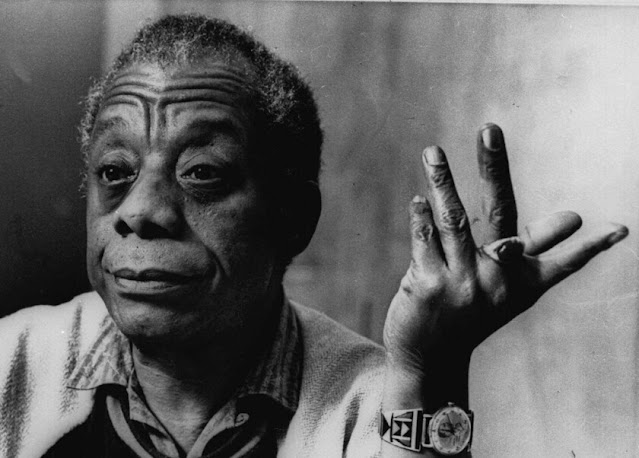Women's Herstory Month Series: Margaret Bonds
Margaret Allison Bonds (March 3, 1913 – April 26, 1972) was an American composer and pianist. One of the first black composers and performers to gain recognition in the United States, she is best remembered today for her frequent collaborations with Langston Hughes.
 |
| Florence Price |
A native of Chicago, Bonds grew up in a home visited by many of the leading black intellectuals of the era; among houseguests were soprano Abbie Mitchell and composers Florence Price and Will Marion Cook. Bonds showed an early aptitude for composition, writing her first work, "Marquette Street Blues," at the age of five. Her parents were Monroe Alpheus Majors and his second wife, Estelle C. Bonds. Margaret took the last name, Bonds, after her parents divorced in 1917. Her first study in music came when she took piano lessons from her mother. While still in school, she studied composition with Price and with William Dawson. Bonds worked as an accompanist for dances and singers in various shows and supper clubs around Chicago; she also copied music parts for other composers, and became involved with the National Association of Negro Musicians.
 |
| William Dawson |
While living in New York, Bonds began further study in piano and composition at the Juilliard School; she also began to study composition privately with Roy Harris and Emerson Harper. She also attempted to gain lessons with Nadia Boulanger, who upon looking at her work said that she needed no further study and refused to teach her. The work that Bonds showed Boulanger was The Negro Speaks of Rivers, a setting for voice and piano of a poem by Langston Hughes. Hughes and Bonds were great friends, and she set much of his work to music.
 |
| Nadia Boulanger |
 |
| Langston Hughes |
Another work based on a text by Langston Hughes was first performed in February 2018 in Washington, DC by the Georgetown University Concert Choir. Entitled "Simon Bore the Cross," it is a cantata for piano and voice, and is based on the spiritual "He Never Said a Mumblin' Word."
 |
| Margaret Bonds and Eartha Kitt |
As an outgrowth of her compositions for voice, Bonds later became active in the theater, serving as music director for numerous productions and writing two ballets. She also wrote several music-theater works, including Shakespeare in Harlem to a libretto by Hughes; this premiered in 1959. In 1965, at the time of the Freedom March on Montgomery, Alabama, Bonds wrote Montgomery Variations for orchestra, dedicating it to Martin Luther King, Jr.. Two years later, she moved to Los Angeles, teaching music at the Los Angeles Inner City Institute and at the Inner City Cultural Center. Zubin Mehta and the Los Angeles Philharmonic premiered her Credo for chorus and orchestra in 1972. Bonds died unexpectedly a few months later, shortly after her 59th birthday.
[From Wikipedia.]
Enjoy Samantha Ege's performance of Margaret Bonds' Troubled Water:











Comments
Post a Comment